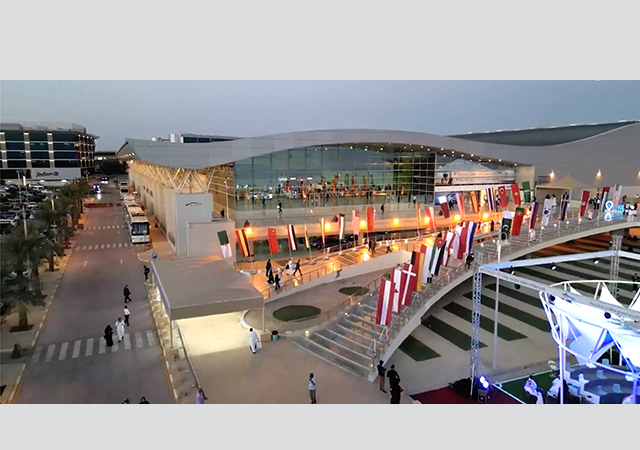
 A heritage-inspired design of the Al Ras station.
A heritage-inspired design of the Al Ras station.
• In 2004, Sheikh Mohammed bin Rashid Al Maktoum, UAE Vice-President, Prime Minister and Ruler of Dubai, outlined a city-wide project that would materialise as the world’s longest fully-automated metro network.
• Work on the project began in 2006 involving more than 43 miles of track and 47 stations and 136 companies as part of the build strategy.
• The state-of-the-art trains travel 90 kmph and will ultimately carry 1.2 million passengers every day over an expansive 75 km network.
• The metro travels 20 m above ground and 50 m below sand (underground), city and water.
• This complex project was taken up by a new consortium, Dubai Rail Link (Durl), with the support of Atkins, one of the world’s leading engineering and design consultancies, with offices and design centres in virtually every major global centre.
• Serco UK was given two years to equip more than 3,000 employees with the safety and technical skills needed to deliver a world-class railway.
• The first section of track, the Red Line, would be more than 52 km long, with 43 km running on an above-ground viaduct. But nine km of Metro, and four of the 29 stations, would be underground. It would also pass directly under the Dubai Creek.
• The Dubai Metro arrives on time. At 9pm on the ninth day of the ninth month of September 2009, the Dubai Metro was officially opened by Sheikh Mohammed.
• The main city line, the Red Line, took just 49 months to complete, using 154 companies from around the world and 30,000 workers.
• The Green Line that would serve the city centre is 24 km long with 16 km of track soaring above the streets and roads.
• The viaduct sections were built using nine state-of-the-art launching gantries (LGs). Each machine has one ‘captain’ and 24 crew. The nine LGs were built in China and operated by VSL Special Project Department, based in Switzerland but with counterparts from France and Italy joining forces to meet the approaching deadline – another example of the truly global collaboration required to build the Dubai Metro.
• Externally, the over-ground stations are formed with huge cantilevered shell-like roofs, as homage to the city’s pearl diving history.
• The 205 air-conditioned glass and steel footbridges (the largest weighing over 200 tonnes) allow users to cross the 14-lane Sheikh Zayed Road, Dubai’s main highway, in comfort and safety.
• The 87 state-of-the-art metro trains are being designed and built in Japan. Each driverless train would have five carriages, be fully automated, and be capable of transporting 400 passengers.
• Each train is assembled with one Gold Car followed by four Silver Cars and can accommodate up to 897 passengers at peak hours. Consisting of four cars, the Silver Car is the largest compartment on the trains with the bulk of the 150-seat capacity used by everyday commuters.
• Three million passengers travelled in the automated, unmanned, trains in the first two months of operation.
• And the Dubai Metro continues to grow. By 2020, it will be 318 km long, carrying up to 1.8 million passengers a day.


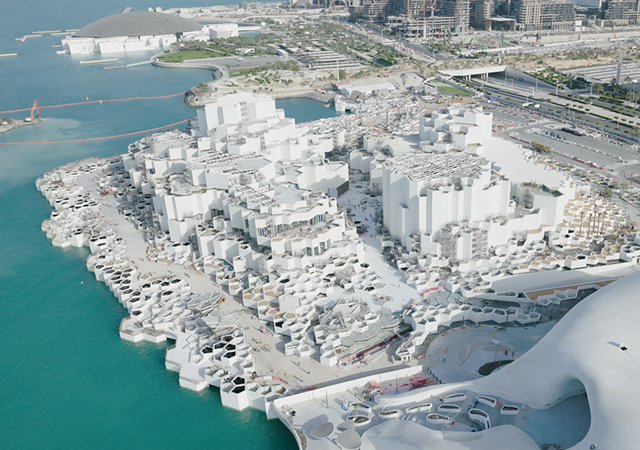
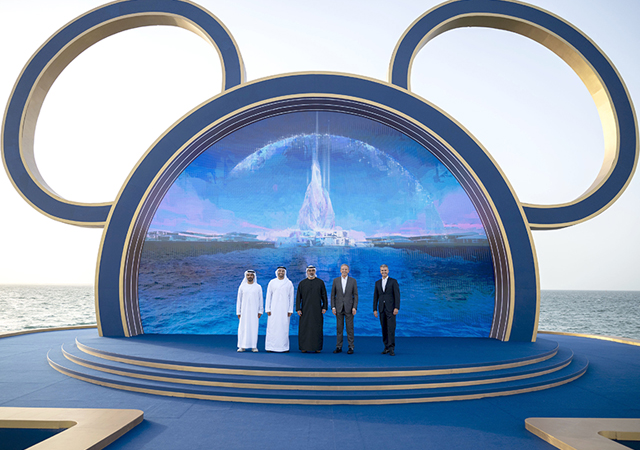
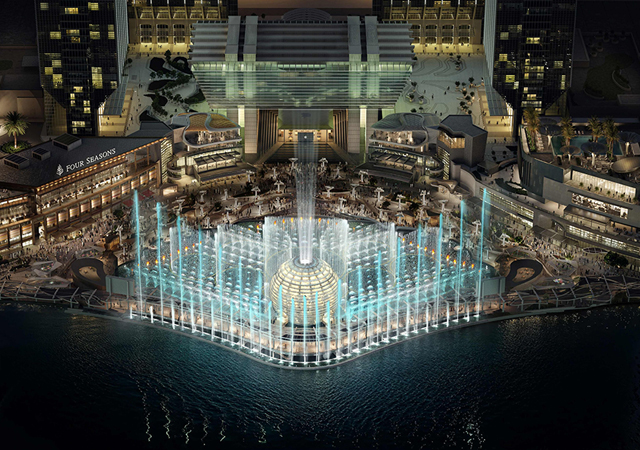
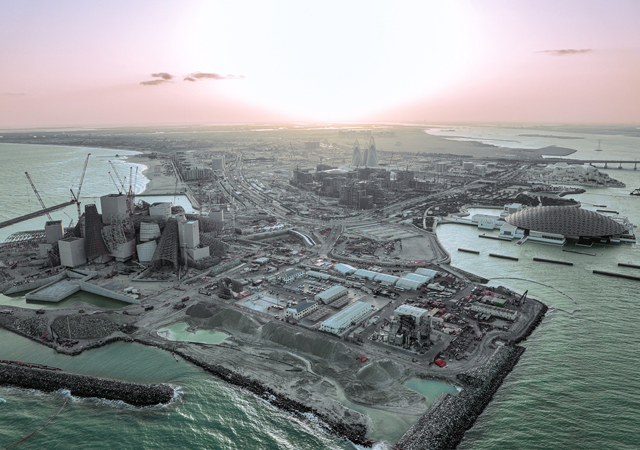
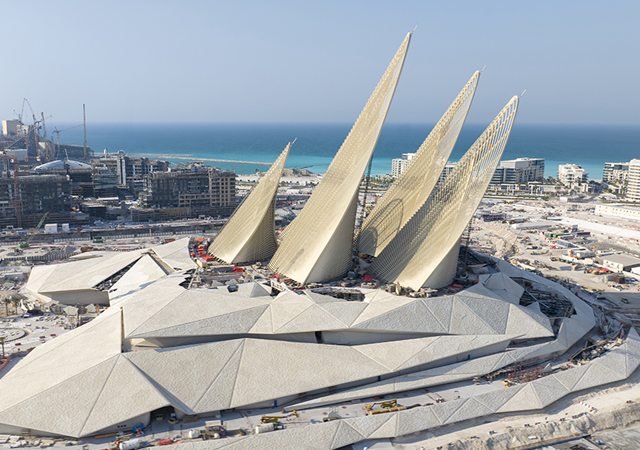
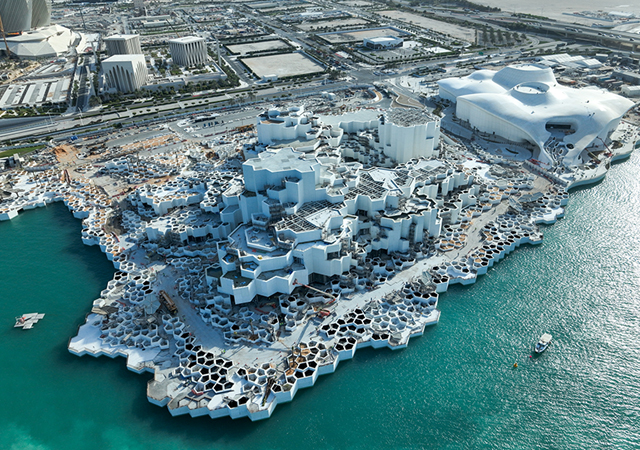
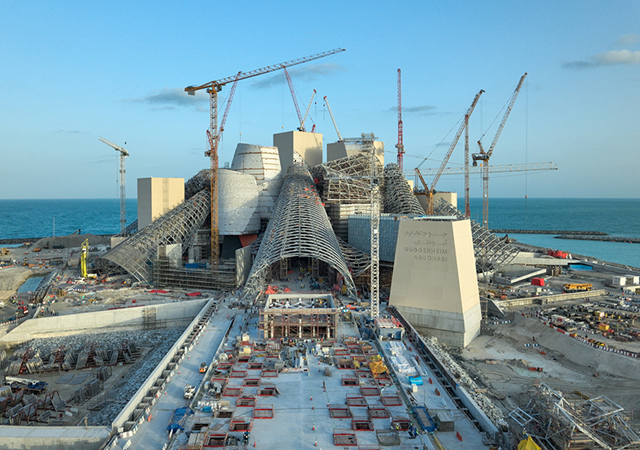
.jpg)
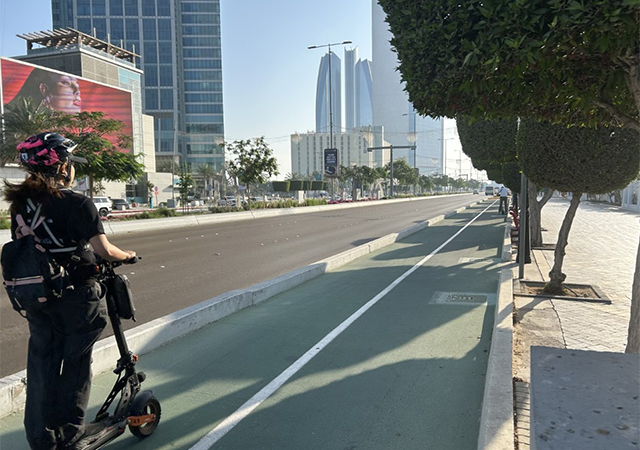
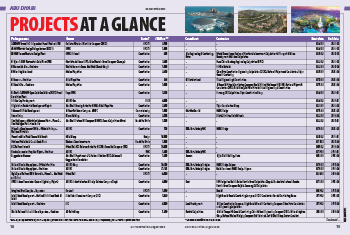


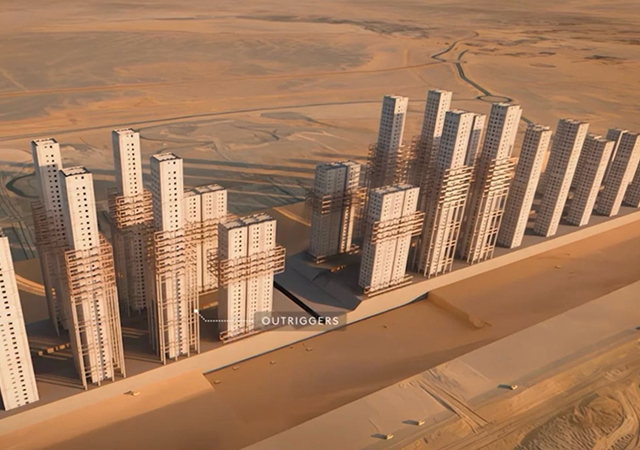
.jpg)
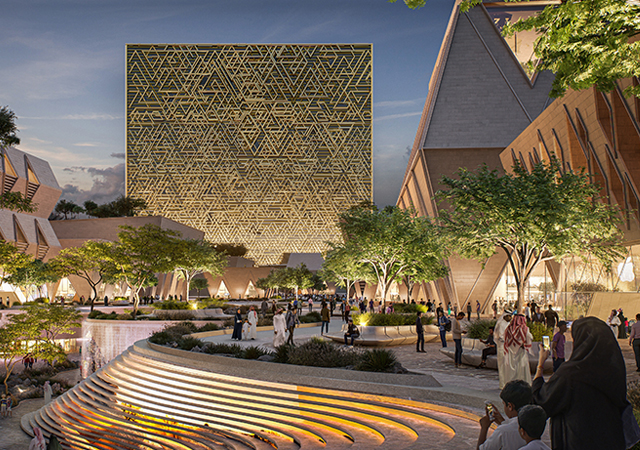
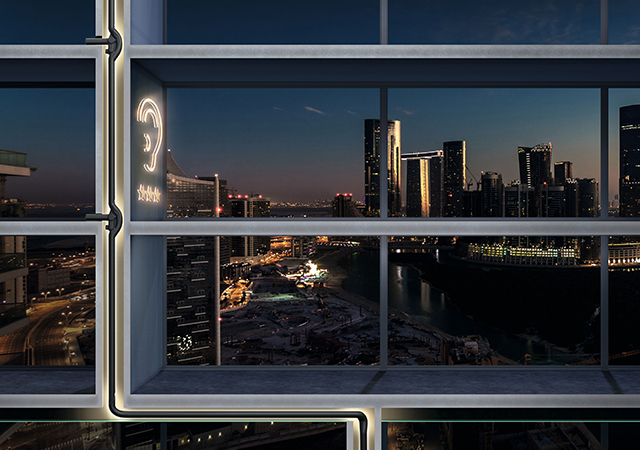
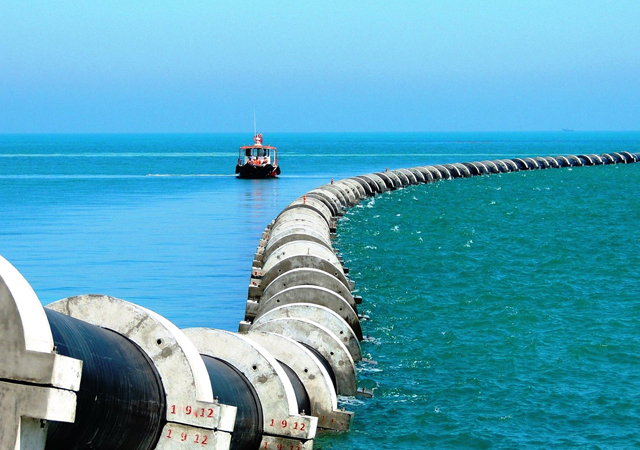

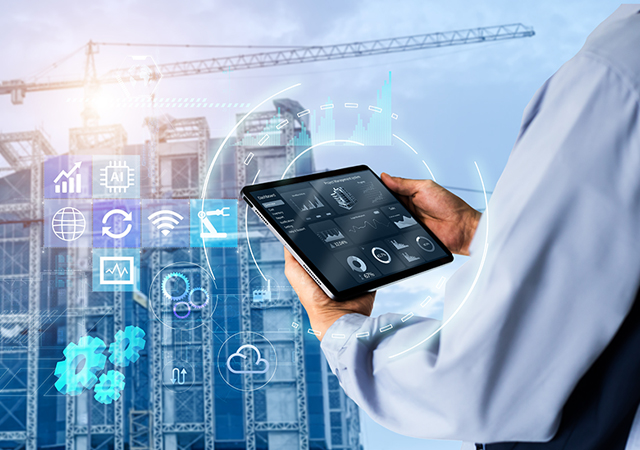
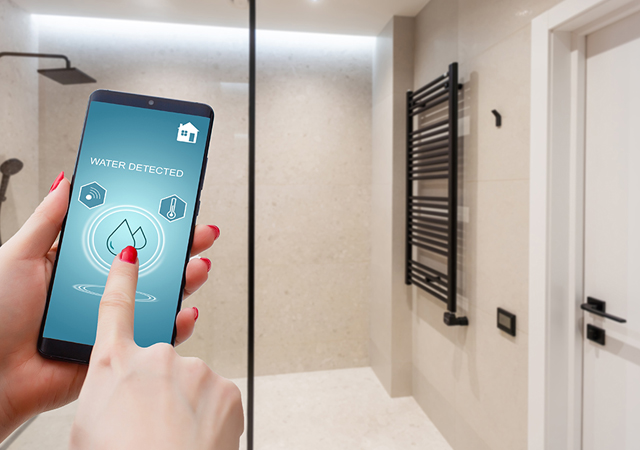
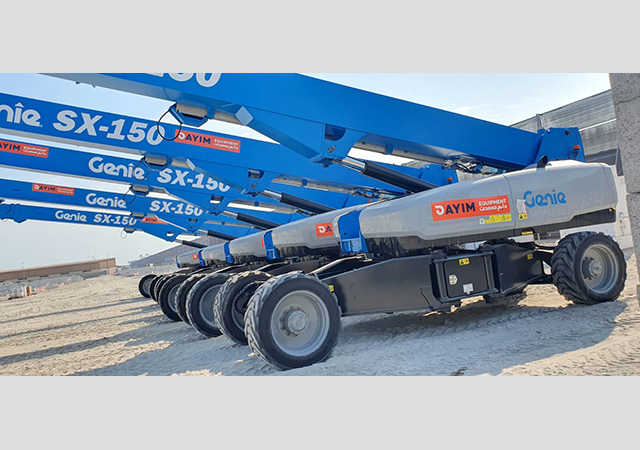
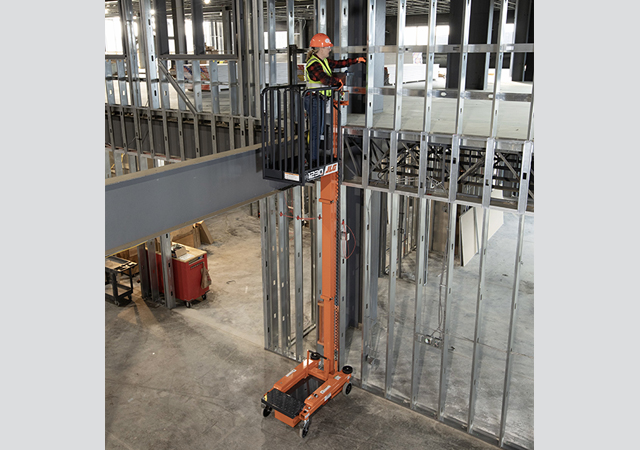
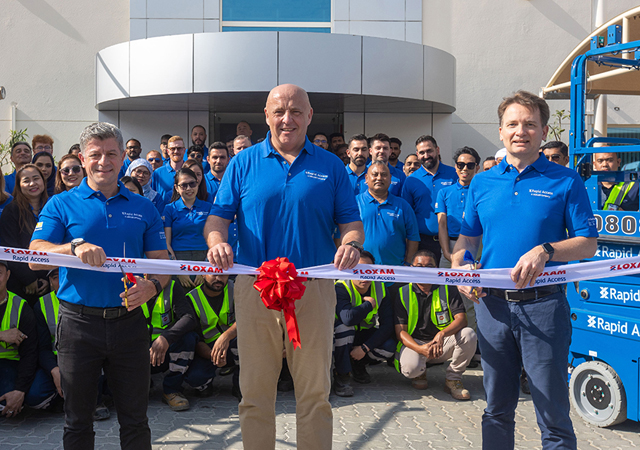
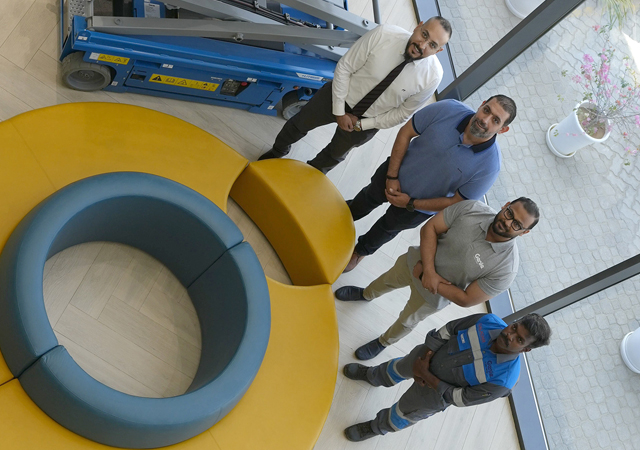
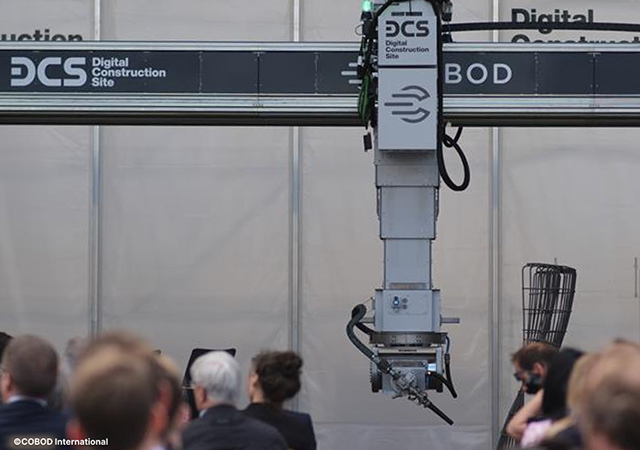
Doka (2).jpg)
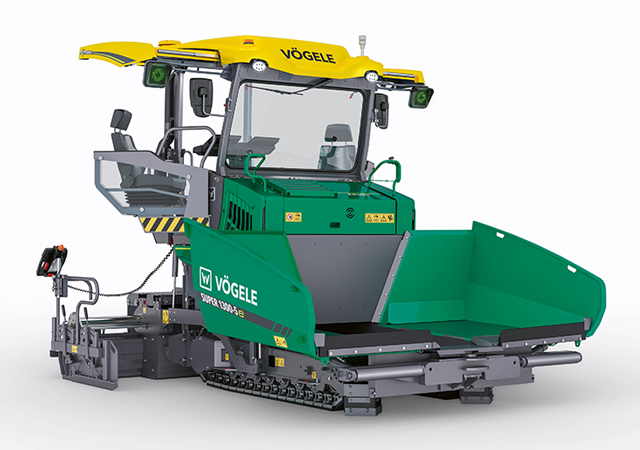
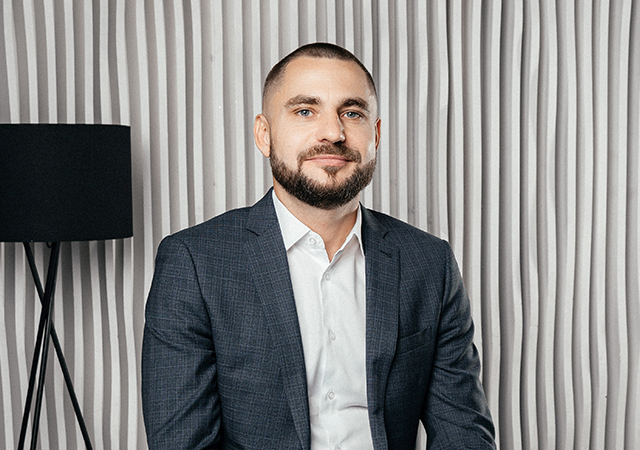
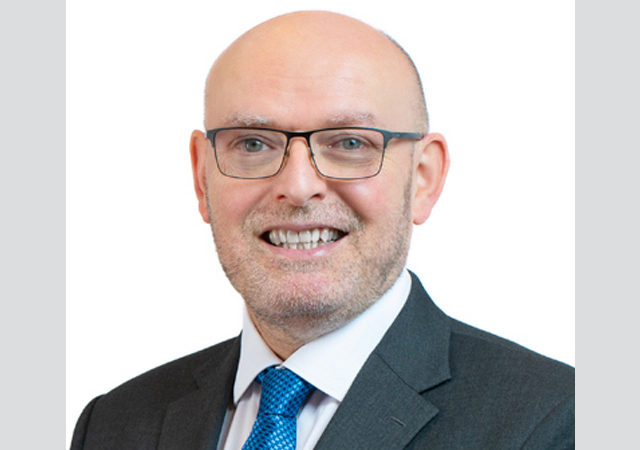
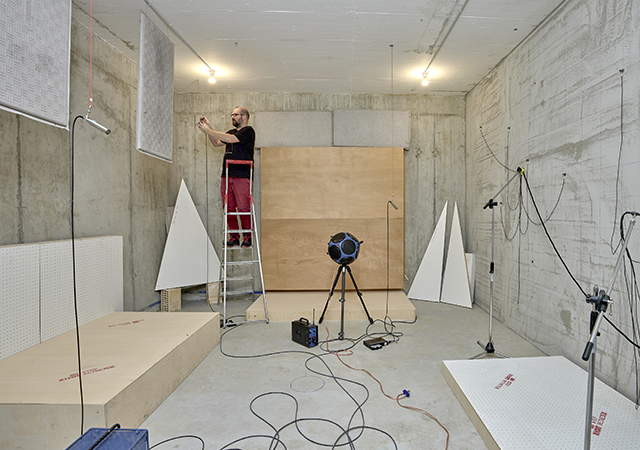
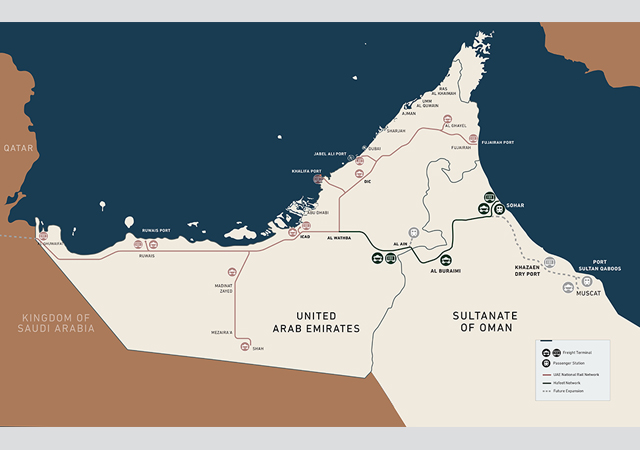

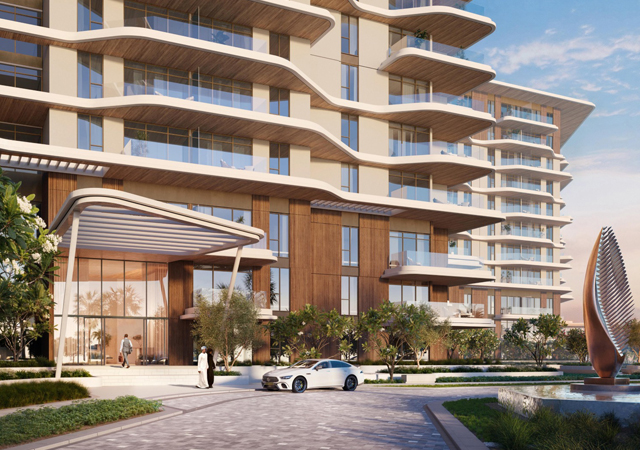

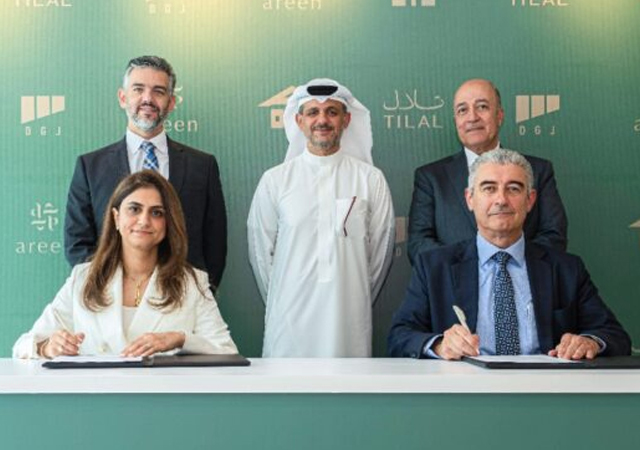
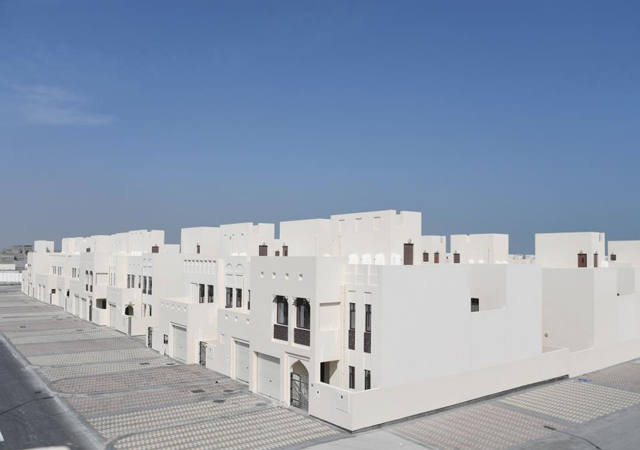
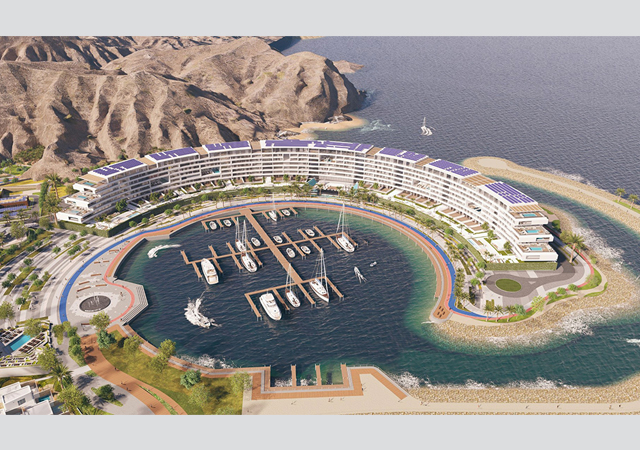

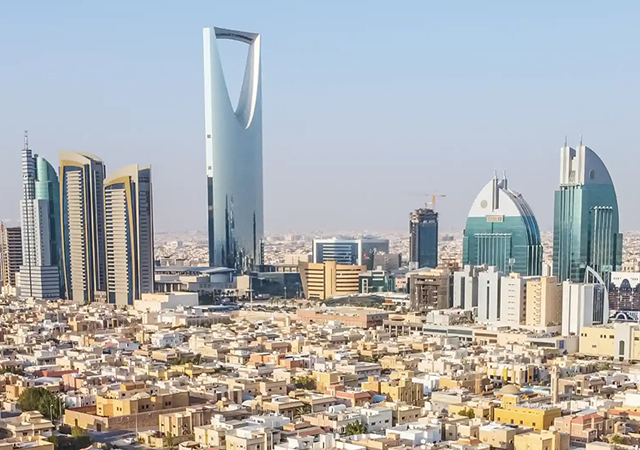
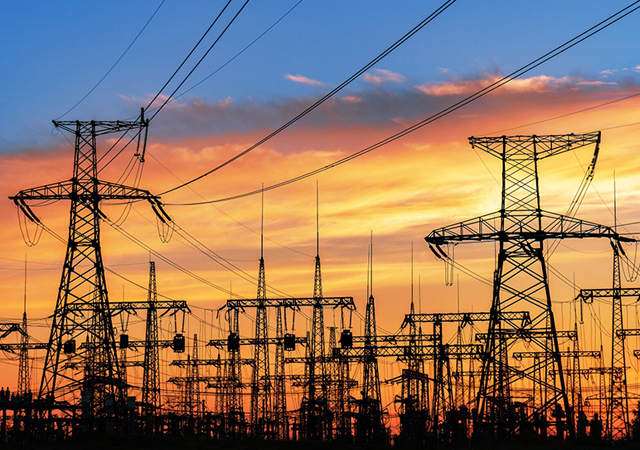
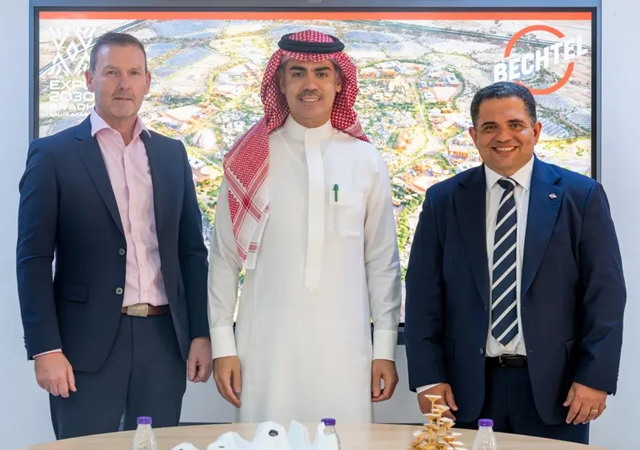

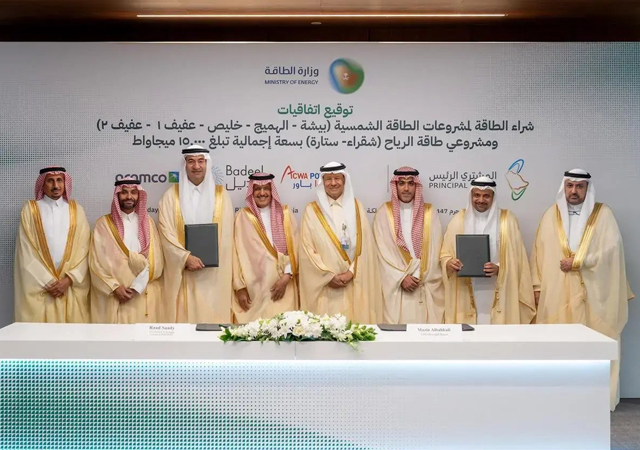


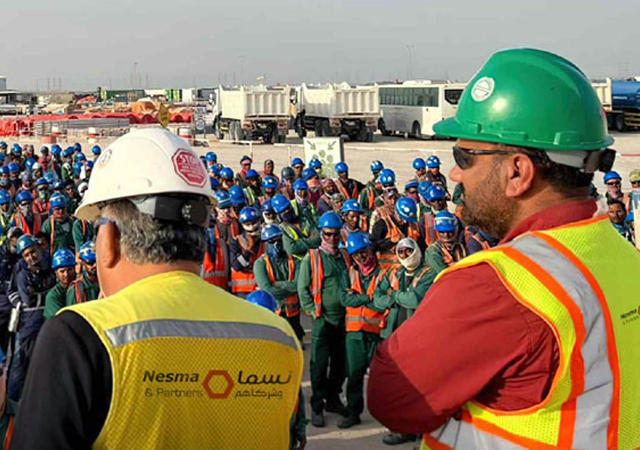

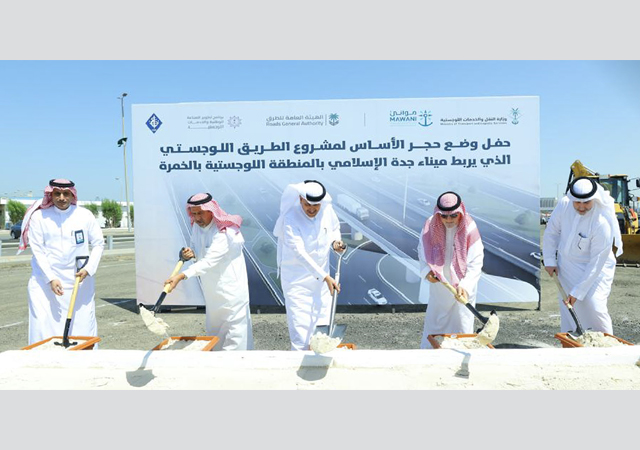
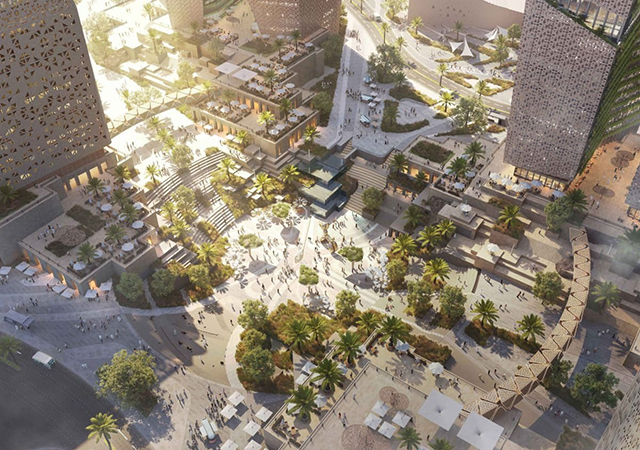

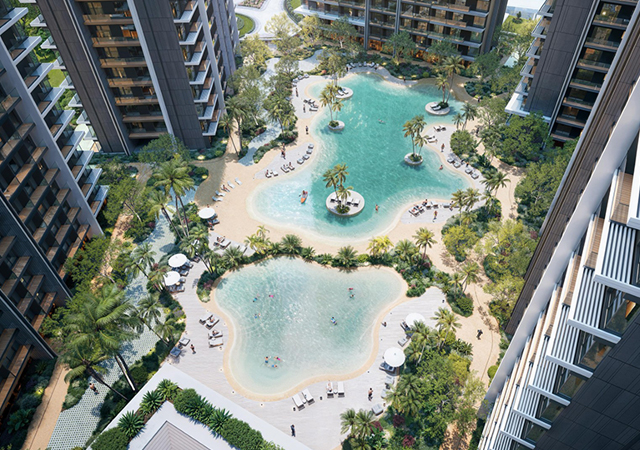
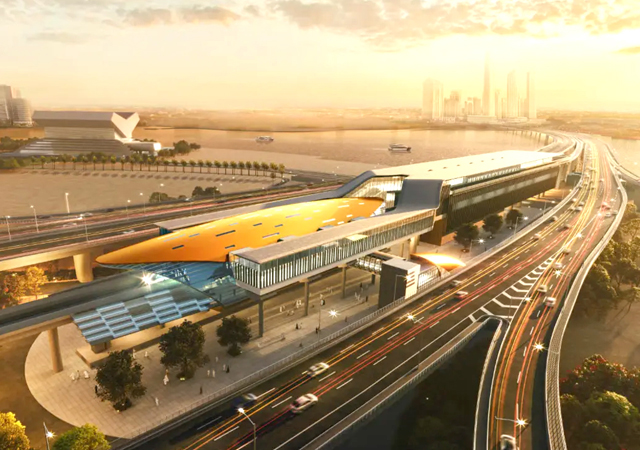
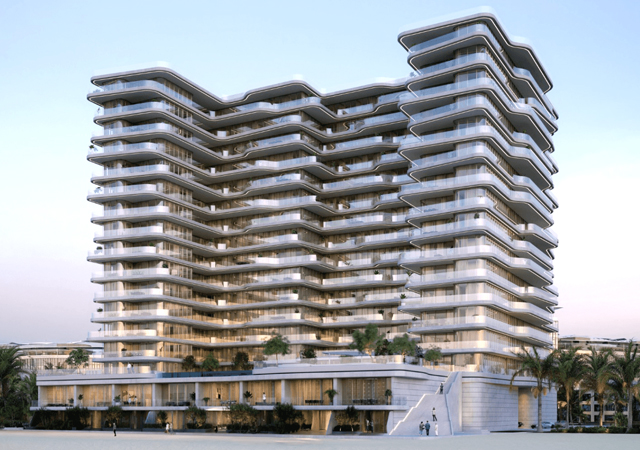
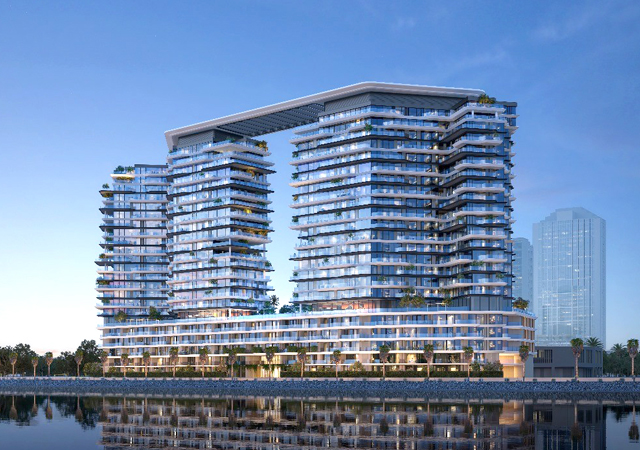
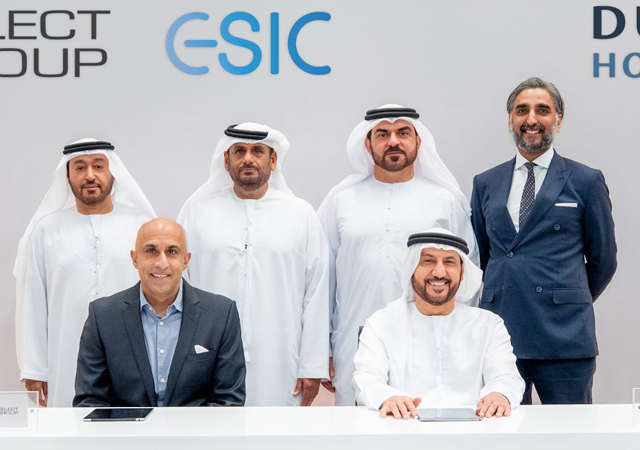
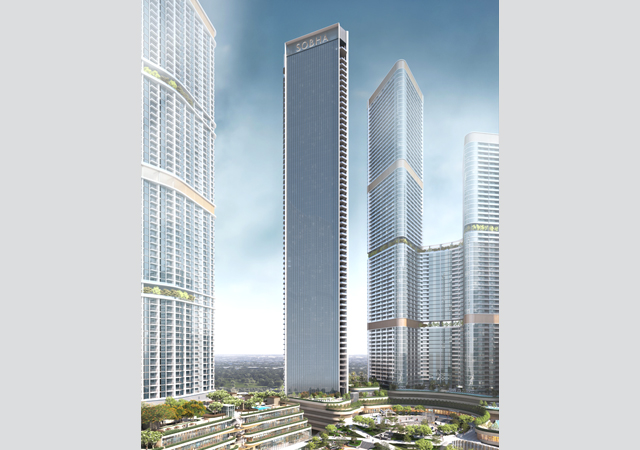
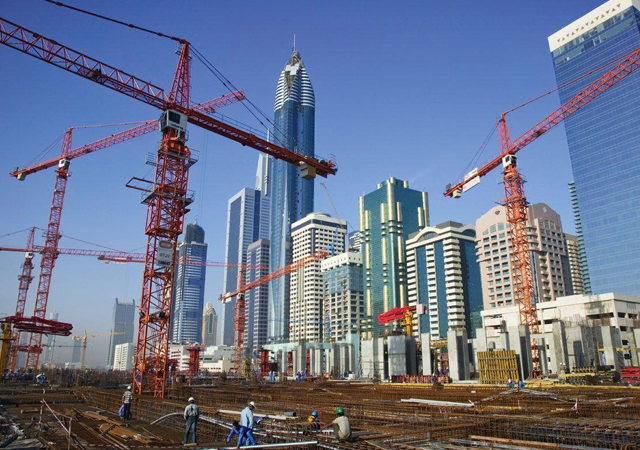

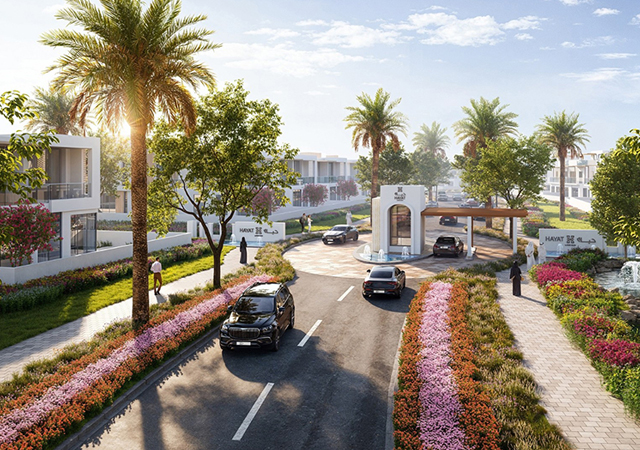

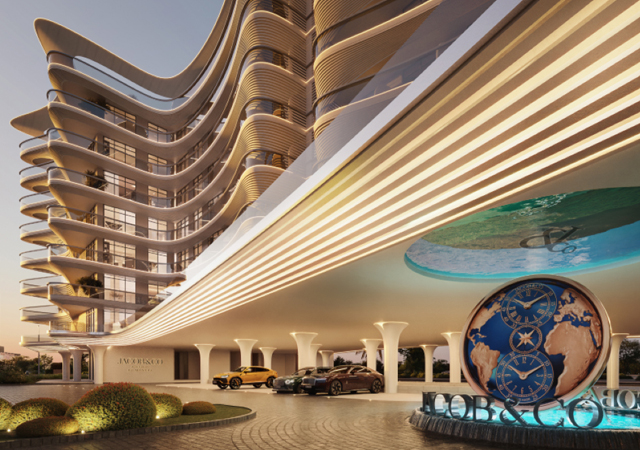
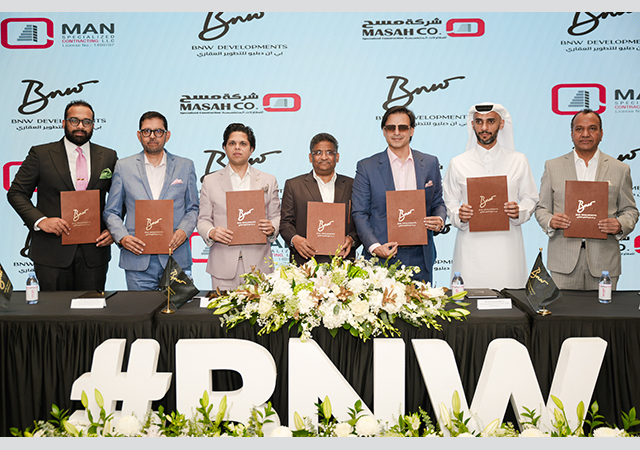
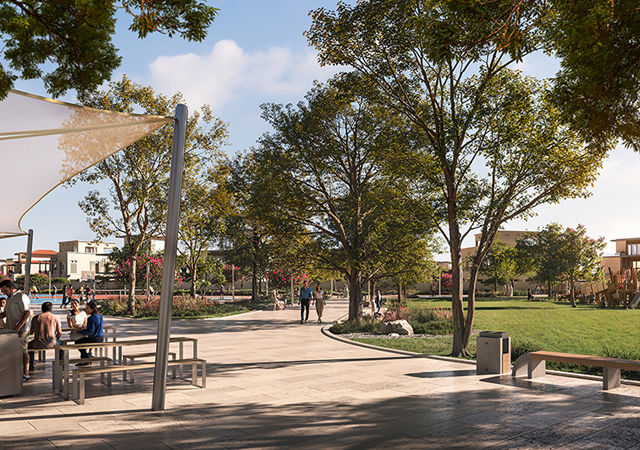
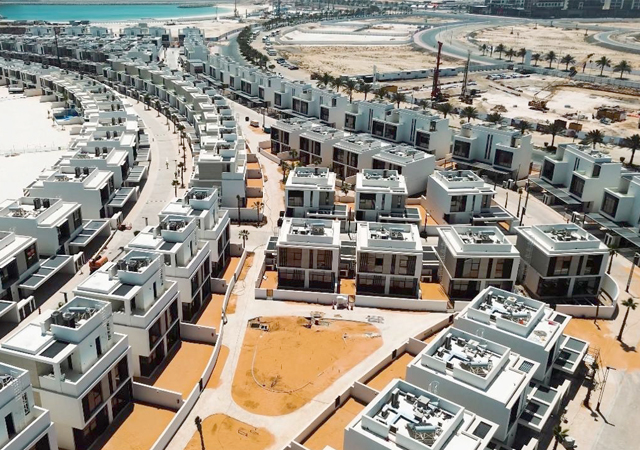
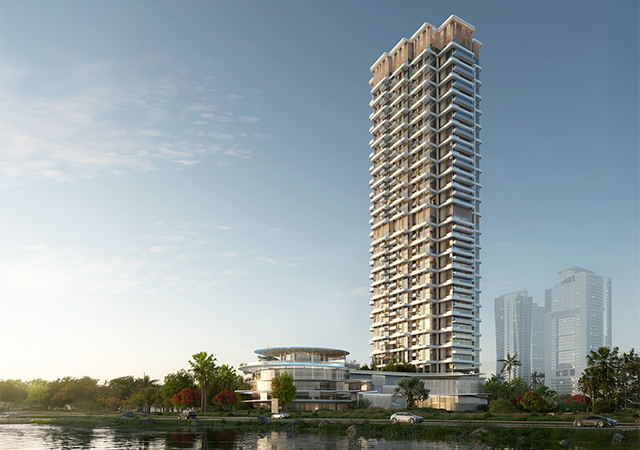

.jpg)
.jpg)
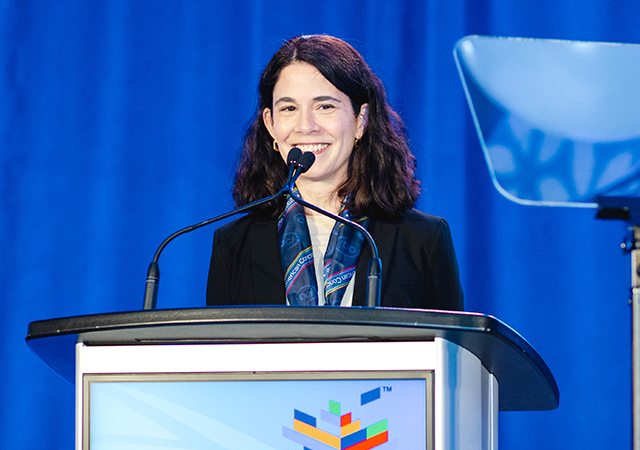
.jpg)
